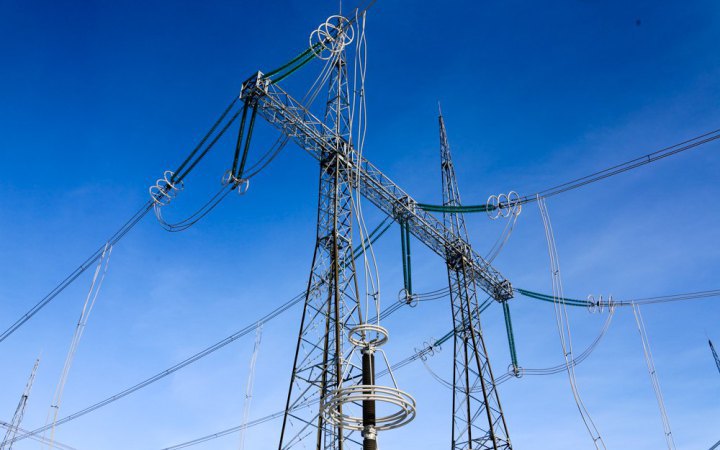
A new wave of Russian lies
The Russians have once again stepped up their disinformation campaign in the context of Ukraine's energy sector.
The first fake is that the Cabinet of Ministers has promised to sell electricity to Poland. Anonymous telegram channels coordinated the dissemination of an allegedly official letter from Energoatom. In this "document", the Russians made a lot of mistakes: they indicated the old name of the Ministry of Energy, misspelled the name and surname of the Polish government official, and forged the signature of Energoatom President Petro Kotin. However, they did not take into account the main thing - Ukrainian government agencies have long since switched to electronic document management. No one signs or stamps papers, instead they use special codes.
Ukraine does not sell electricity to the European Union. With a deficit that reaches 3 GW at peak times, this is impossible. The last time Ukraine exported electricity was on 12 May, and since then it has not sold a single kilowatt.
The second fake spread by the Russians is that energy companies are deliberately not producing electricity and shutting down thermal power plant units. The rolling blackouts could have been much shorter.
Blackouts in Ukraine are applied equally to all Regions. Since July, the government has revised the mechanism for distributing consumption limits. A complete revision of the list of critical infrastructure facilities is underway to ensure that only truly important enterprises are included.

"Consumers in each Region that are not included in the list of critical infrastructure facilities are divided into six queues (groups). The application of restrictions to three queues means that half of the consumers in each Region are subject to hourly blackouts at the same time. If more than three stages of schedules are applied, the restrictions apply to a larger number of consumers," Ukrenergo reminded.
An exception was made only for residents of frontline areas and settlements on the border with Russia and Belarus. The power will not be switched off within 20 kilometres of the contact line and the state border. This was announced by Prime Minister Denys Shmyhal.
The government asks the rest of the consumers to be understanding about rolling blackouts, as the government has no other option. And do not forget about the main reason: Russian shelling, which has already destroyed half of Ukraine's electricity generation.
"Now, more than ever, we need to understand the Russian plan to destroy Ukraine through active operations on the energy and information fronts. Under these circumstances, we cannot afford to succumb to panic and tolerate the enemy's insidious plans," warned Volodymyr Omelchenko, director of energy programmes at the Razumkov Centre.
Russia is trying to provoke protests and cause discontent among Ukrainians through blackouts. The Kremlin is speculating on the fairness of rolling blackouts. Meanwhile, the National Energy and Utilities Regulatory Commission reminds that you can file complaints against regional power distribution companies. Consumers have the right to write an application and ask the energy regulator to investigate the situation.
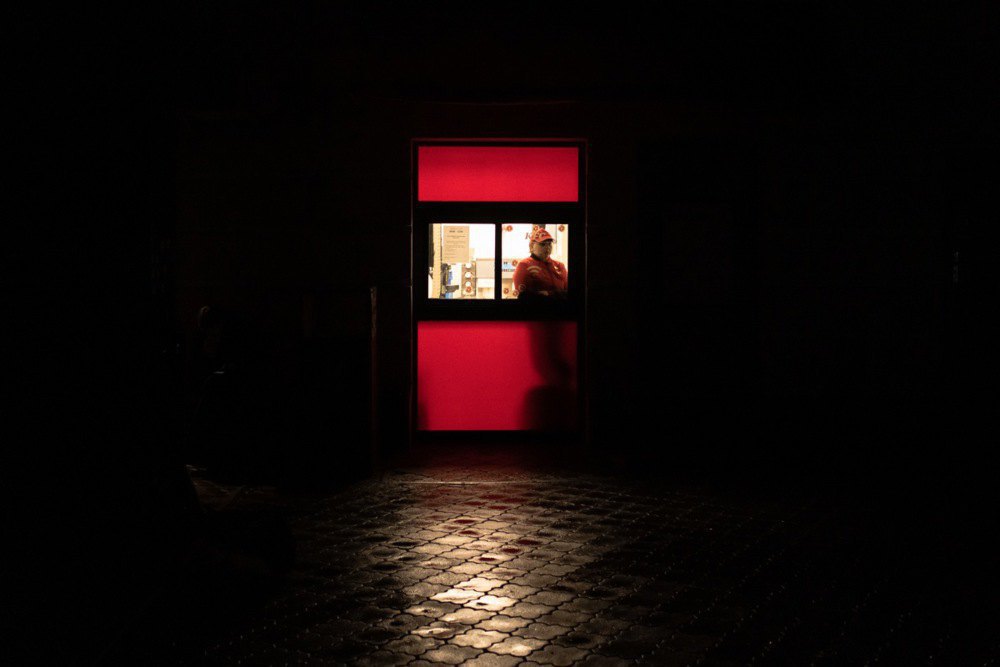
At the same time, the State Energy Supervision Inspectorate also frequently checks whether rolling blackouts are uniform across all consumers. Most complaints are received from Dnipropetrovsk Region. This Region is the first in line for a new audit.
However, two hundred consumers in Kamyanske decided not to wait for the results of the audit and decided to protest in front of the office of the electricity supplier. They complained about long power cuts and demanded new schedules for them. They did not take into account the fact that organising such rallies during martial law is prohibited by law.
"I understand that long power outages are annoying and cause a lot of problems. But let's not forget that the root cause of this situation is Russia, who has been destroying power generation stations for a long time. When we see the lights on in private establishments during a blackout, it is the generators working. The schedules apply to all buildings and streets without exception. The only exception is critical infrastructure facilities," said Andriy Bilousov, mayor of Kamyanske.
Russia is also trying to provoke panic among Ukrainians. Russian officials, propagandists and telegram channels are spreading horror stories about the catastrophic consequences of the explosions of the Kyiv and Kaniv reservoirs. Such plans of the Russians should not be dismissed. However, Ukrhydroenergo noted that it is virtually impossible to destroy a hydroelectric power station with an outside attack. The only exception is multi-tonne aircraft bombs. But to do so, Russian planes would have to fly deep into Ukraine, which would effectively be suicide for them.
Will blackouts be shorter?
One nuclear power unit will return to operation after scheduled maintenance and nuclear fuel refuelling. Its capacity is 1 GW. This increase in generation should make the blackout schedules less strict. It was on the 20th of July that both the Ministry of Energy and Ukrenergo predicted an improvement in the energy sector.
"The significant energy shortage is the result of eight massive Russian attacks on energy facilities since the beginning of the year. As a result, the country has lost 9 GW of production capacity of Ukrainian power plants. This capacity is equal to the summer peak hour consumption of such European countries as the Netherlands, Finland, or Slovakia and the Baltic states together," Ukrenergo said.
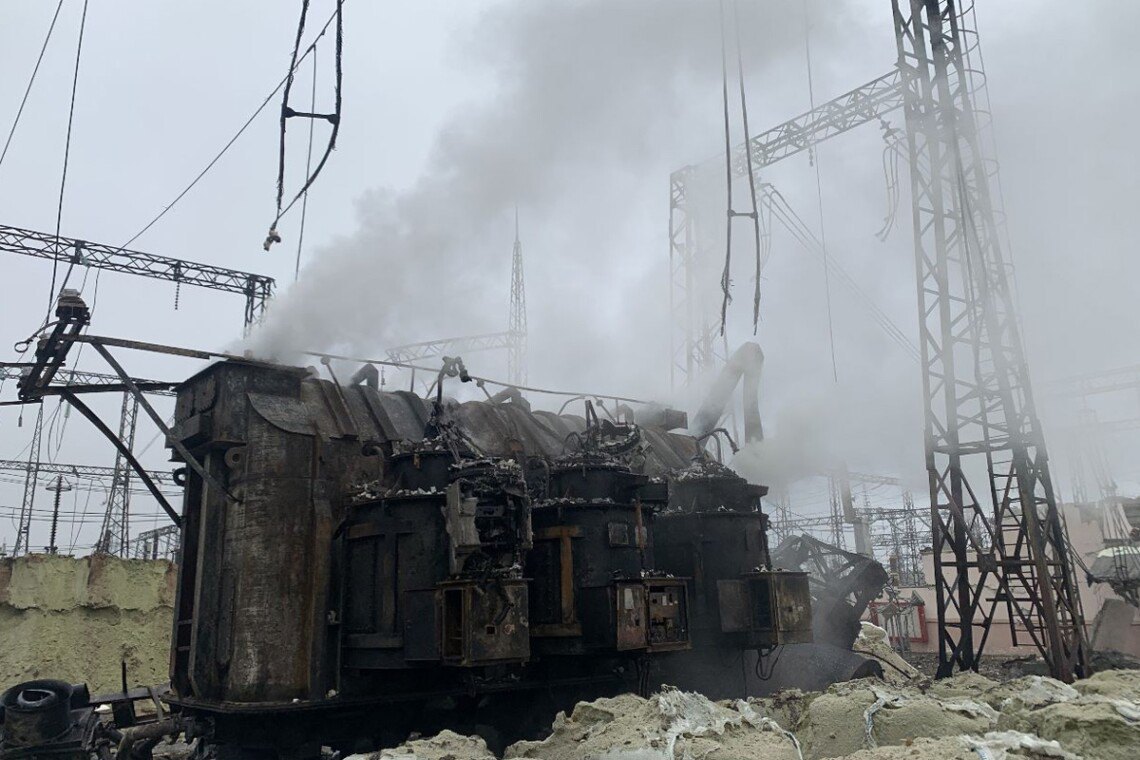
However, this week, equipment at one power facility failed. As a result, the deficit in the system increased, Ukrenergo said. The company did not disclose any further details. However, it did describe the consequences: the outage schedules affected four queues at once, meaning that 70% of consumers in each Region were without power at the same time.
It is possible that this is a series of incidents at the South Ukrainian NPP. Several transformers burned down there, said Oleksandr Kharchenko, director of the Energy Research Centre. The preliminary cause of the incident was the heat, the expert said. The fire did not pose a threat to nuclear safety. There is no need to worry - the situation is under full control of experts.
"It is precisely because of this absolutely technical accident that the left bank of Ukraine - including Dnipro, Sumy and further down the list - has been extremely severely limited in electricity supply for the last two days. I would still conduct an internal investigation, and I would also involve the SBU just in case. The situation has become even more complicated," said Kharchenko.
At the same time, no relevant government agency has reported any incidents at Ukrainian nuclear power plants. Neither the Ministry of Energy, nor Ukrenergo, nor Energoatom have such information in their daily reports.
The Razumkov Centre's analysts are confident that in August, there will be fewer power cuts for households and businesses. The heat will decrease, and the repair campaign at nuclear power plants is coming to an end. Nevertheless, there are no prospects for a complete cancellation of rolling blackouts in Ukraine.
The heat adds significant challenges to the power sector. High temperatures increase both consumption and equipment failures. However, forecasters predict that it will become a little cooler from the end of this week. Rains will fall in some areas.

"Our consumption is now at the level of the winter period. That's why the situation is difficult. The main thing is that power engineers are maintaining the system, they are not allowing such a total blackout as Russians expect. And what we see in the southern regions of Russia: local blackouts. They have big problems, they cannot maintain the power system. Our power engineers manage to do it," said former Energy Minister Ivan Plachkov.
Generators and storage devices should become cheaper
The Verkhovna Rada has finally managed to remove the last significant obstacle that prevented households and businesses from making major preparations for the winter. The Parliament cancelled duties and taxes on imports of energy equipment. This will help reduce the prices of generators, storage devices or solar panels. It will also speed up their delivery. Over the past two months, these goods have risen significantly in price due to high demand.
"Such steps are aimed at speeding up the restoration and repair of energy facilities, increasing the amount of equipment purchased, developing distributed generation and improving energy efficiency and energy independence of Ukraine as a whole," said Energy Minister Herman Halushchenko.
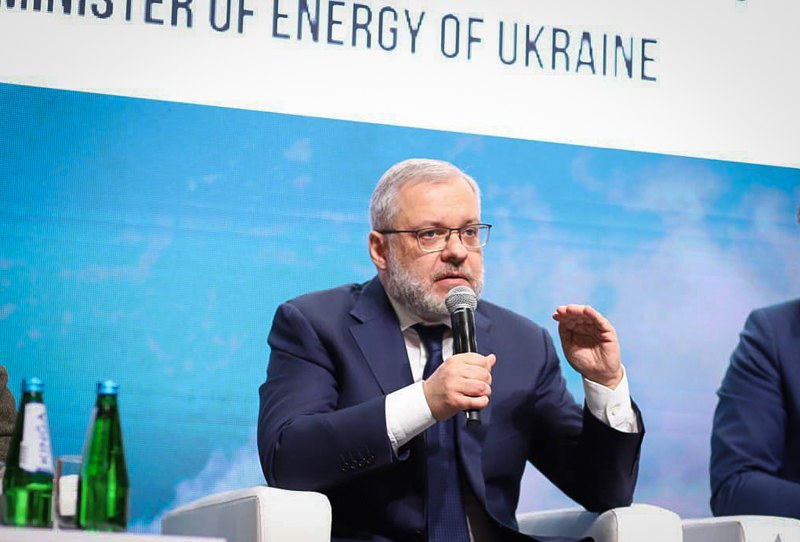
However, equipment for the construction of wind farms will continue to be subject to duties. This was reported by the industry association. It noted that MPs did not include it in the list of preferential imports.
"It is in the next one to two years that investors were ready to start building new gigawatts of decentralised wind power generation, as they already have up to 3 GW of projects ready for construction. In addition, wind energy is the capacity that is built in a very short period of time - 1 year, and without attracting public funds, that is, exclusively at the expense of national and international investors and creditors," the Ukrainian Wind Energy Association said.
New tariff swings from the government
The Ministry of Energy has planned to revise the tariff for electricity distribution, i.e. its delivery. It was decided to make it the same for consumers of different voltage classes. There are two classes in Ukraine. The first class is for large industrial consumers. The second is for households and small businesses. Everyone should be equalised to UAH 1.23 per kW. For households, at first glance, this change seems positive: the current cost of electricity distribution will be reduced by about a quarter. But for industry, it will increase fivefold. And this will affect the total cost of electricity for large businesses by about 10%.
"This decision is supposed to reduce the financial burden of small businesses. However, the increase in the tariff for distribution of the first voltage class will significantly increase the costs of industry. Approximately by UAH 26 billion a year. Instead, the real biggest beneficiary of this decision is likely to be Energoatom, as distribution costs for households will be reduced by about UAH 14 billion a year," said Volodymyr Omelchenko, Director of Energy Programmes at the Razumkov Centre.
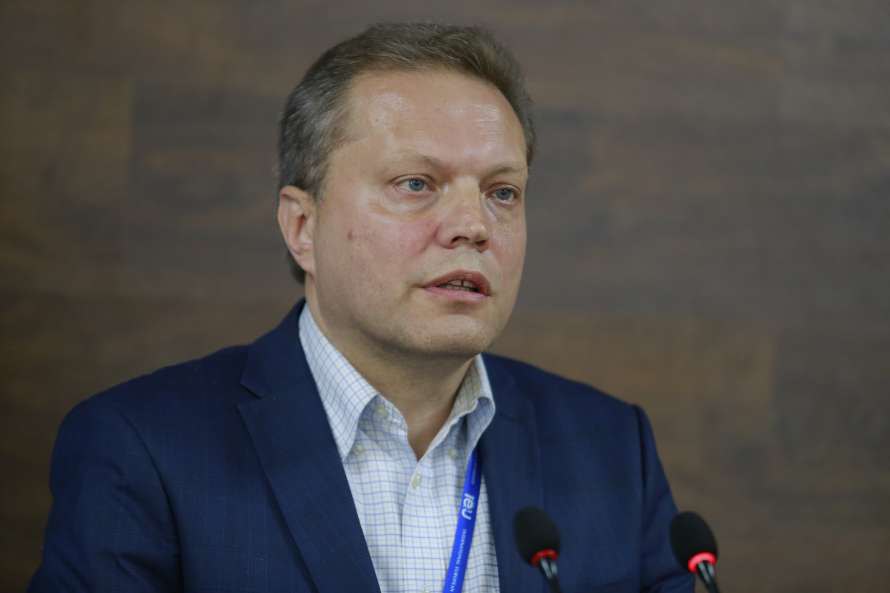
The new tariff will hit the largest taxpayers the hardest. In particular, metallurgical, mining, cement and agricultural companies, which could lead to higher prices for the goods they produce. A single tariff for all also contradicts the rules of the European market, where the price of electricity distribution differs depending on the voltage class. The only exception is the island of Malta.
The current tariff for industry is much lower for several reasons. First, it is much easier to deliver electricity to large enterprises. Secondly, the resource losses are not so high. Almost one in ten kilowatts is lost by household consumers.
"It's a simple market logic: those who consume larger volumes are entitled to discounts. For example, in Vinnytsya, the distribution tariff for the first class is 345 UAH/MWh, and for the second class it is 2,028 UAH/MWh," said Andrian Prokip, an energy expert at the Ukrainian Institute for the Future.
Following the publicity, the National Energy and Utilities Regulatory Commission also started talking about the inexpediency of changing the distribution tariff. The regulator's chairman, Valeriy Tarasyuk, opposed the initiative. He promised to raise this issue at the Supreme Commander-in-Chief's Office.








